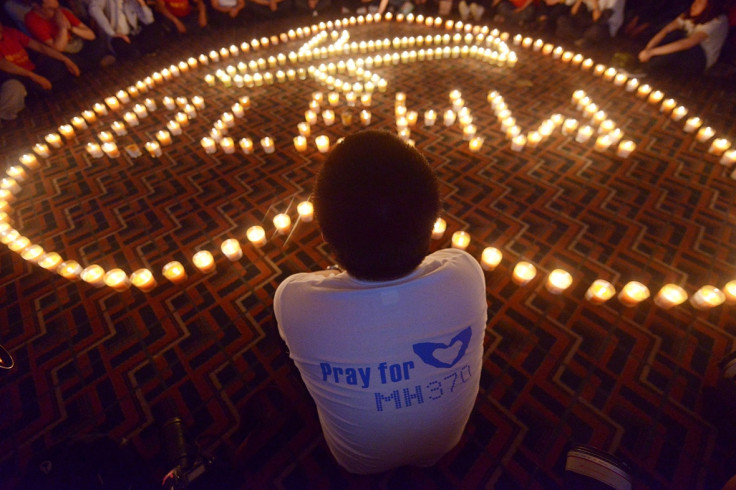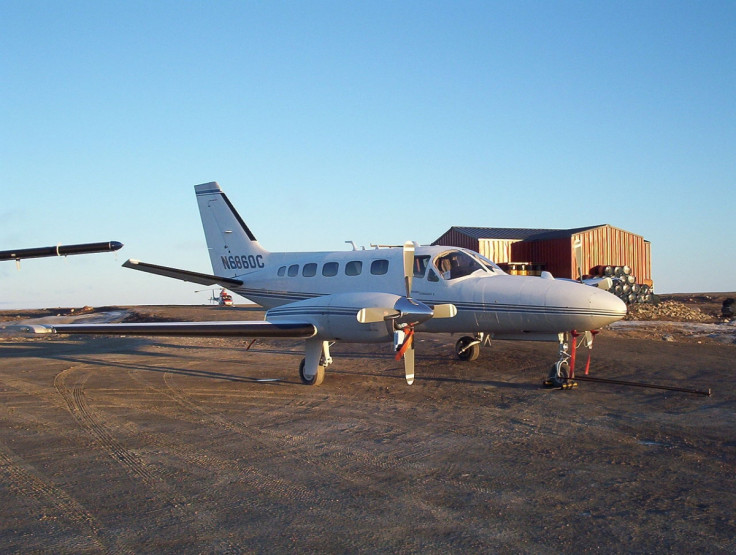MH370 Passengers Likely Suffocated in 'Ghost Flight': What is Hypoxia and Which Planes Has it Brought Down?

The passengers and crew of the missing Malaysia Airlines Flight MH370 most likely died from suffocation after coasting into the southern Indian Ocean on autopilot, according to a report released by Australian officials.
The Australian Transport Safety Bureau outlined how investigators had arrived at this conclusion after comparing the conditions on the flight with previous disasters, although the report contained no new evidence from within the aircraft.
The report narrowed down the possible final resting place of the Boeing 777 from thousands of possible routes, highlighting the lack of communisations, the straight flight path and various other key abnormalities of the flight, according to Reuters.
"Given these observations, the final stages of the unresponsive crew/hypoxia event type appeared to best fit the available evidence for the final period of MH370's flight when it was heading in a generally southerly direction," the report said.
The report stated it was likely the plane was on autopilot when it came down.
"It is highly, highly likely that the aircraft was on autopilot otherwise it could not have followed the orderly path that has been identified through the satellite sightings," Australian Deputy Prime Minister Warren Truss told reporters in Canberra.
Investigators have said the little evidence they have suggests the plane was deliberately diverted thousands of kilometres away from its scheduled route, before crashing into the ocean.
The document also revealed the search will move further south to an area 1,800km (1,100 miles) off the western coast of Australia.
The new analysis comes more than 100 days after the Boeing 777, carrying 239 passengers and crew, disappeared on March 8 shortly after taking off from Kuala Lumpur bound for Beijing.
What is hypoxia?
Hypoxia is a condition in which the body or a region of the body is deprived of an adequate oxygen supply.
Symptoms of hypoxia induced by altitude include light-headedness, fatigue, numbness or tingling and nausea. Severe forms of the condition include disorientation, hallucinations, changes in behaviour and unconsciousness, which may lead to cyanosis or pulmonary hypertension before death.
Helios Airways Flight 522 Crash

This passenger flight was travelling from Larnaca, Cyprus, to Athens, in Greece, on 14 August 2005 when a lack of oxygen incapacitated the crew, leading to the aircraft's eventual crash after running out of fuel. With 121 fatalities, this was Greece's deadliest aviation disaster.
Investigators located the wreckage around 40km (25 miles) from Athens in a mountainous area called Grammatiko, as the plane had travelled on autopilot while the crew were unconscious.
The Hellenic Air Accident Investigation and Aviation Safety Board (AAIASB) determined that the chain of events was caused by a pressurisation system being set to "manual", which went unnoticed by the pilots.
Australia Beechcraft King Air crash

Known as the "ghost flight", a chartered Beechcraft Super King Air crashed near Burketown in Queensland, Australia on 4 September 2000, killing all 8 passengers and crew.
The plane, flying from Perth to Leonora in western Australia, travelled above its assigned altitude. When air traffic control contacted the pilot, his speech had become significantly impaired and he was unable to respond to instructions.
A subsequent investigation concluded that the pilot and passengers had suffered from hypoxia for an unknown reason and were unable to control the plane, which ran out of fuel and crashed.
Bo Rein crash

Robert Edward "Bo" Rein, an American football and baseball player and football coach was killed in a hypoxia-related plane crash on 10 January 1980.
He and his pilot were travelling in a Cessna 441 aircraft from Shreveport to Baton Rouge in Louisiana, when the plane rerouted to avoid a storm.
The plane climbed to 41,600 feet, over its maximum certified ceiling, and continued east into the Atlantic Ocean, where it ran out of fuel and crashed. No wreckage was recovered.
© Copyright IBTimes 2025. All rights reserved.



















